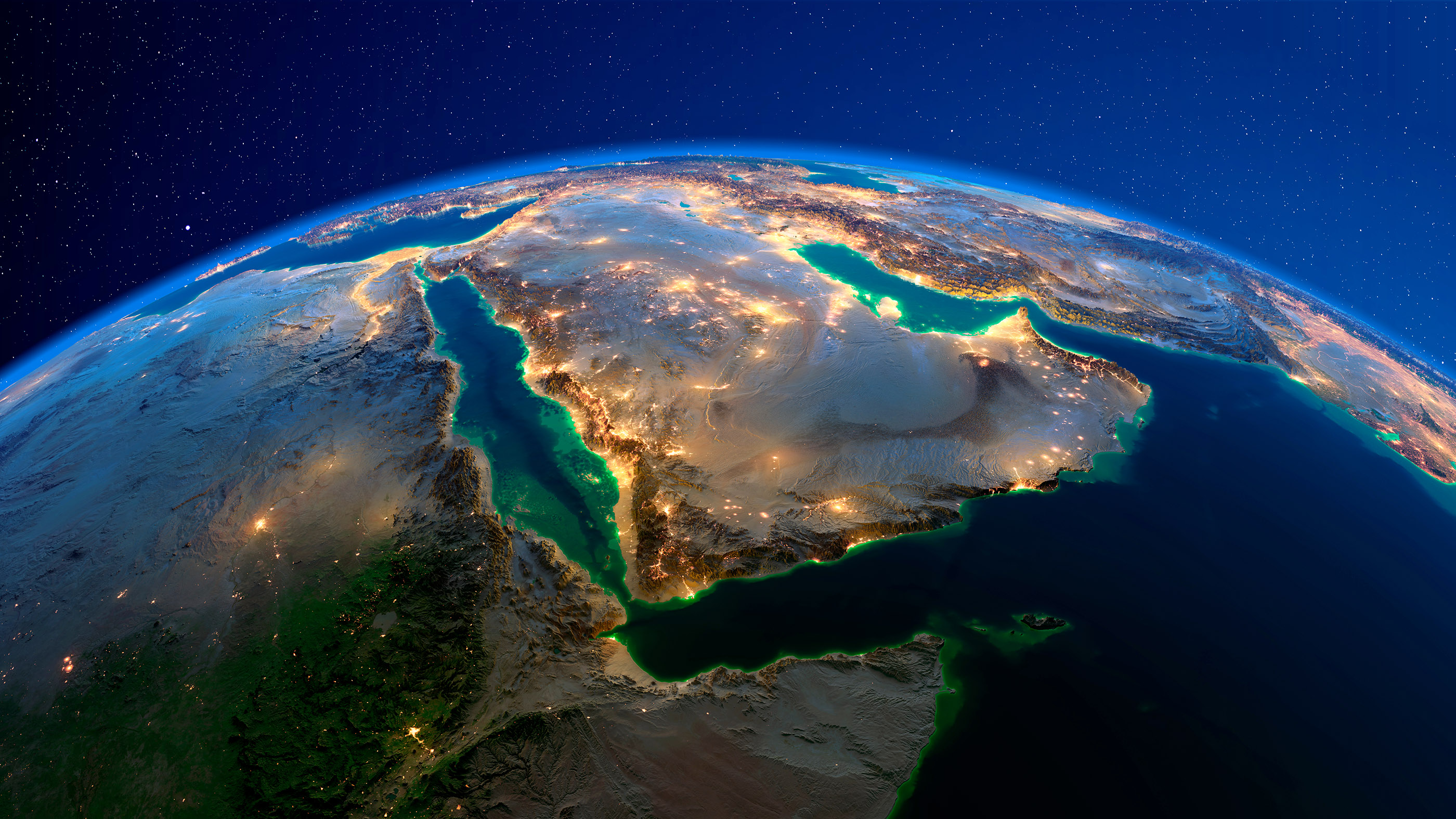Arabia was 'cornerstone' in early human migrations out of Africa, study suggests

The largest-ever study of Arab genomes has revealed the most ancient of all modern Middle Eastern populations and is shedding light on how modern humans may have first expanded across the globe.
The Arabian Peninsula — which today includes Bahrain, Kuwait, Oman, Qatar, Saudi Arabia and the United Arab Emirates — has long served as a key crossroads between Africa, Europe and Asia. Recent archaeological, fossil and DNA findings suggest that analyzing the Middle East and its people could reveal more about how modern humans first made their way out of Africa and to the rest of the world.
Until now, the genetics of Arab populations was largely understudied. In the new study, researchers conducted the first large-scale analysis of the genetics of a Middle Eastern population, examining DNA from 6,218 adults randomly recruited from Qatari health databases and comparing it with the DNA of people living in other areas of the world today and DNA from ancient humans who once lived in Africa, Europe and Asia.
Related: Photos: Mysterious human ancestor wielded oldest stone tools
"This study is the first large-scale study on an Arab population," study co-senior author Younes Mokrab, head of the medical and population genomics lab at Sidra Medicine in Doha, Qatar, told Live Science.
The scientists found that DNA from Middle Eastern groups made significant genetic contributions to European, South Asian and even South American communities, likely due to the rise and spread of Islam across the world over the past 1,400 years, with people of Middle Eastern descent interbreeding with those populations, they said.
"Arab ancestry is a key ancestral component in many modern populations," Mokrab said. "This means what would be discovered in this region would have direct implications to populations elsewhere."
Get the world’s most fascinating discoveries delivered straight to your inbox.
The new findings also suggest that the ancestors of groups from the Arabian Peninsula split from early Africans about 90,000 years ago. This is about the same time as ancestors of Europeans and South Asians split from early Africans, supporting the idea that people migrated from Africa to the rest of the world via Arabia, the researchers said.
"Arabia is a cornerstone in the early migrations out of Africa," Mokrab said.
Later, the Arabian Peninsula groups apparently split from ancestral Europeans about 42,000 years ago and then South Asian populations about 32,000 years ago. "Previously, Arab populations were considered to arise from broad European populations," Mokrab said.

After modern humans left Africa, they encountered — and sometimes interbred with — other now-extinct human lineages, such as the Neanderthals and the Denisovans, whose ancestors left Africa long before modern humans did and were found virtually exclusively in Europe and Asia. "The timelines discovered in our study for when Arabs diverged from other populations explain why Neanderthal DNA is far rarer in Arab populations than in populations that later mixed with ancient hominins," Mokrab said.
Related: See photos of our closest human ancestor
Moreover, after comparing modern human genomes with ancient human DNA, the scientists discovered that a unique group of peninsular Arabs may be the most ancient of all modern Middle Eastern populations, Mokrab said. Members of this group may be the closest relatives of the earliest known farmers and hunter-gatherers to occupy the ancient Middle East, the researchers said.
Ancestral Arab groups apparently underwent multiple splits 12,000 to 20,000 years ago, the scientists noted. This coincides with the way Arabia became drier, with some groups moving to more fertile areas, giving rise to settler communities, and others continuing to live in the arid region, which was more conducive to nomadic lifestyles, the researchers said.
The new study discovered high rates of inbreeding in some peninsular Arab groups dating back well into ancient times, likely resulting from the tribal nature of these cultures raising barriers to intermarriage outside tribal groups. Inbreeding can highlight rare mutations that may increase the risk of disease, so these new findings might help to reveal the causes of certain genetic disorders and lead to precision medicine to help diagnose and treat diseases in the communities represented in the study, the researchers said.
The scientists detailed their findings online Oct. 12 in the journal Nature Communications.
Originally published on Live Science.

